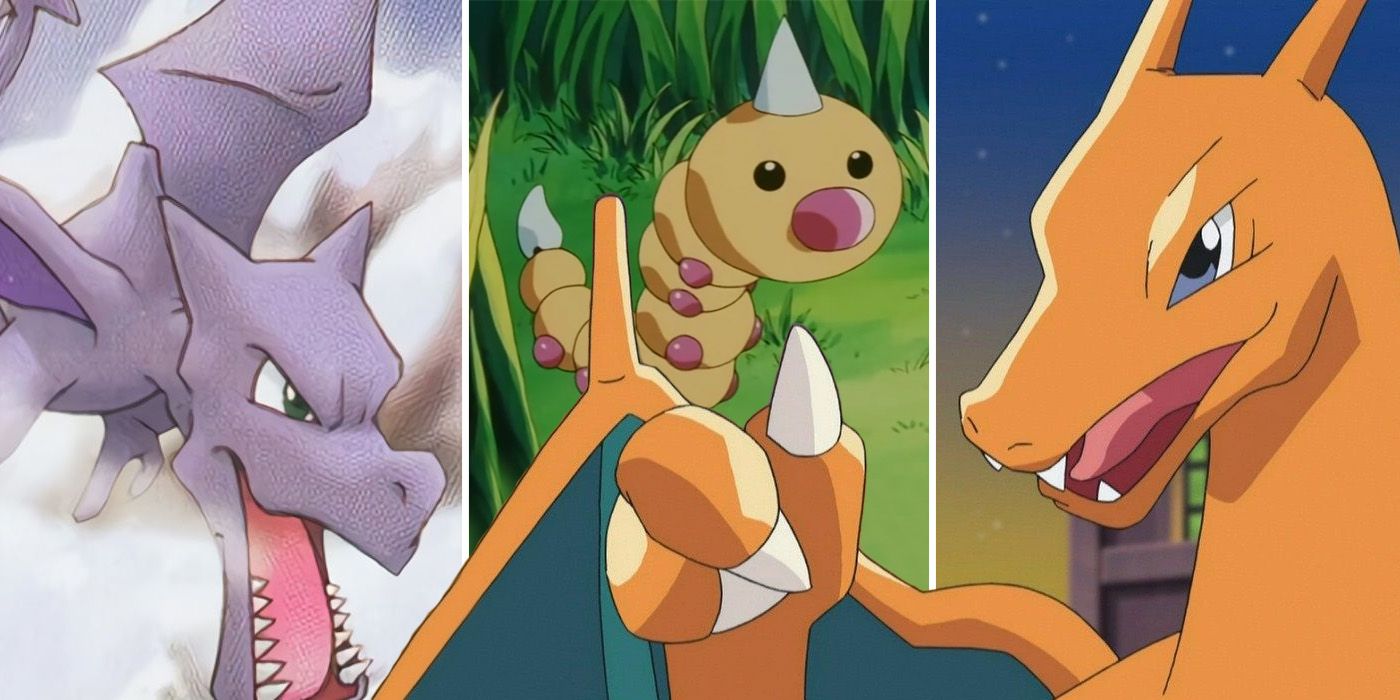
It's not at all uncommon for people to name their pets after their favorite Pokemon, but some people take this a step further. There are plenty of online accounts of people giving their children names from the series, but it doesn't quite stop there either. Strange though it may seem, many members of the scientific community have also taken inspiration from the Pokemon series when it comes to naming their discoveries.
RELATED: 10 Pokémon You Didn't Know Were Inspired By Real Life Animals
Pikachurin, for example, is the official name for a type of protein found within the human body whilst another protein, zbtb7, used to share its name with the series itself before its discoverer was threatened with legal action. This isn't the only time that lawyers acting on behalf of the series have prevented people from naming their discoveries after Pokemon though, as Professor Evan Economo knows all two well.
The biologist once ran an online competition that would have seen five newly discovered species of trap-jaw ants names after Pokemon and another one named after series creator Satoshi Tajiri himself. Once again, however, Pokemon Company lawyers told him that he couldn't use the selected names. Despite this though, there are several instances where naming new species after Pokemon has been permitted; or, at the very least, not prevented.
5 The Binburrum Articuno, Binburrum Moltres & Binburrum Zapdos
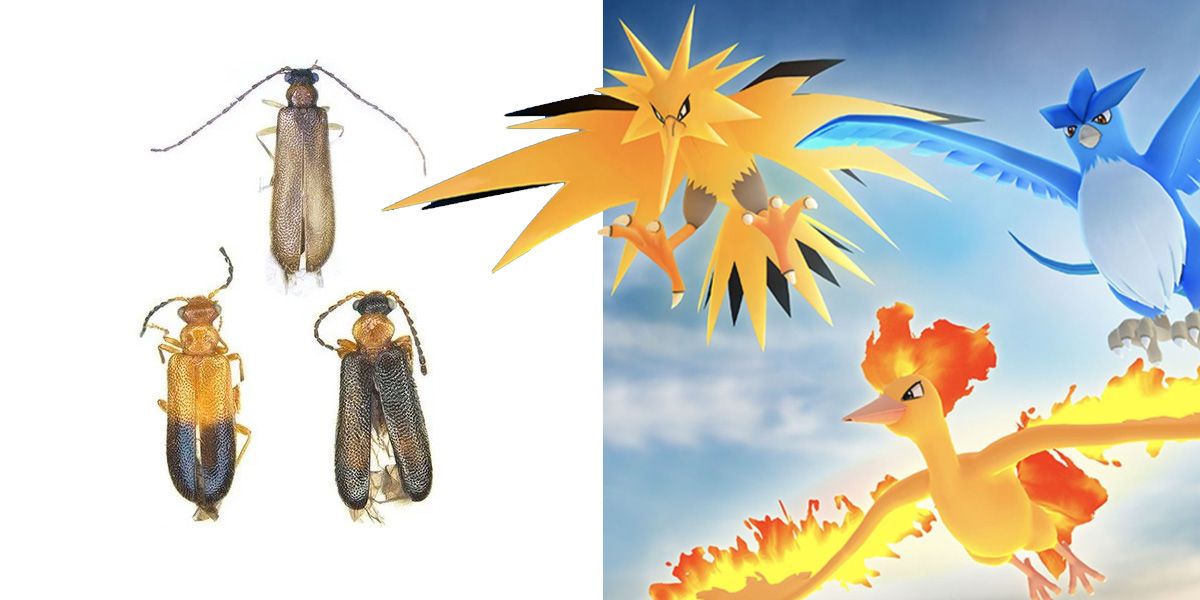
A university professor made headlines in early 2021 when he decided to name three rare species of Australian beetle after Kanto's three legendary birds. The Binburrum Articuno, Binburrum Moltres and Binburrum Zapdos were first identified in 2020 by a PhD student named Yun Hsiao who was working with the professor. Due to the rarity of the species and how few specimens they were able to find, the pair ultimately opted to name them after the legendary Pokemon.
The professor in question, Darren Pollock, is considered by many to be one of the leading authorities on beetles and has had several species named in his honor as a result. These include the Serrotibia Pollocki Escalona, the Lacconotopedilus Pollocki Telnov and the Symphora Pollocki Alekseev & Bukejs; all of which have been discovered over the last 15 years.
4 The Chilicola Charizard
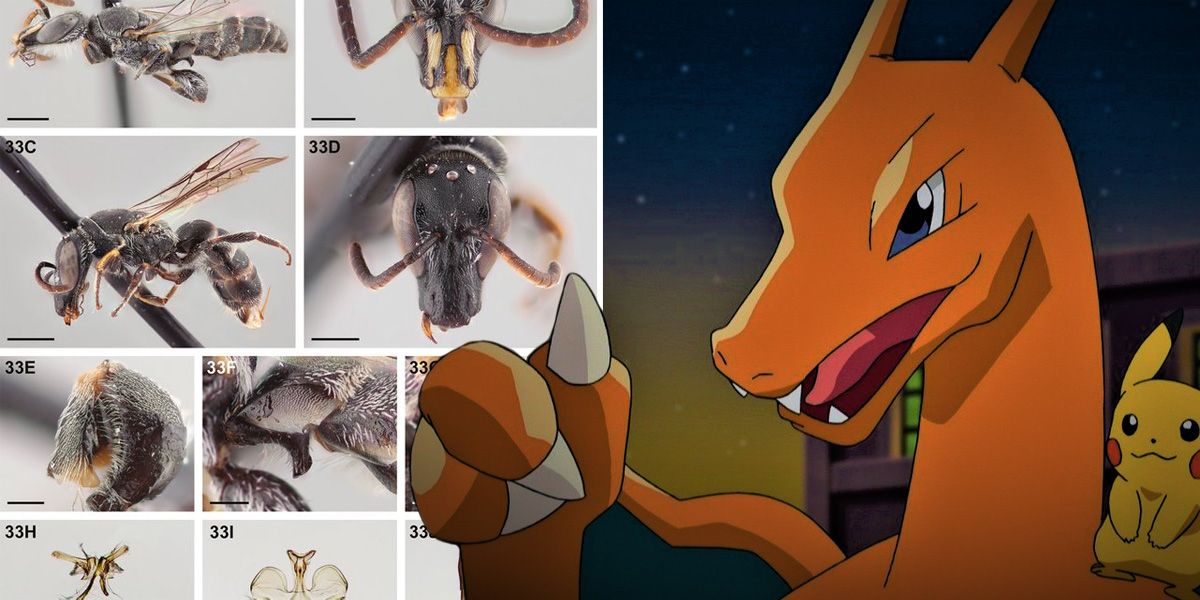
Not only is the the Chilicola Charizard unable to breathe fire, but it also only measures a measly five millimetres in length. Even so, this did not stop Canadian scientist Spencer Monckton from naming the bee after the dragon-type Pokemon after discovering it in the Andes mountain range in Chile while working on his master's degree back in 2016.
RELATED: 5 Pokemon Based On Mythical Creatures (& 5 Mythical Creatures That Would Make Great Pokemon)
Both male and female members of the species have a dark brown coloring and distinctive yellowy markings with an orange hue covering several parts of their bodies. They can survive in areas that are more than two thousand meters above sea level, making them one of the most durable insects on the planet; one quality that they do at least have in common with their Pokemon namesake.
3 The Stentorceps Weedlei
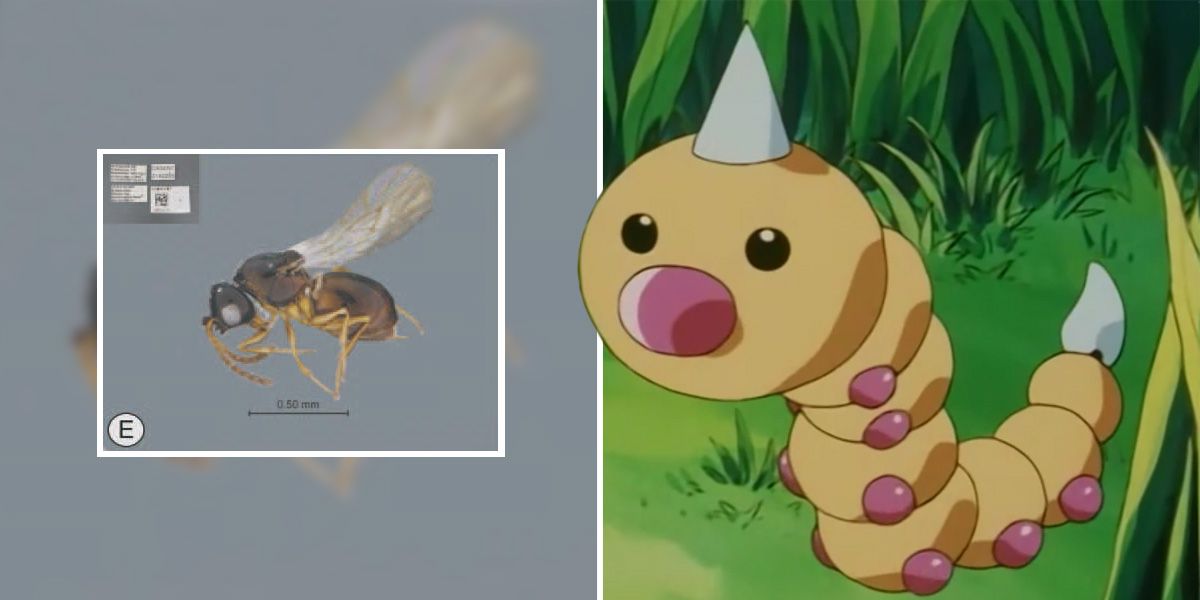
Discovered by Matthew Nielson and Matthew Buffington in 2011, the Stentorceps Weedlei is a type of wasp that is native to Botswana and Madagascar. They typically measure around half a millimetre in length and can be easily identified by the small spine found in their heads. In fact, it is because of this spine that the pair decided to name the species after Weedle in the first place.
Like the wasp, the larva type Pokemon has a spine in the middle of its head and also goes through several different stages of metamorphosis. Given that the Weedlei is already in its "fully evolved" form though, so to speak, some may be wondering whether Stentorceps Beedrillei may have made for a more appropriate name.
2 The Aerodactylus Scolopaciceps
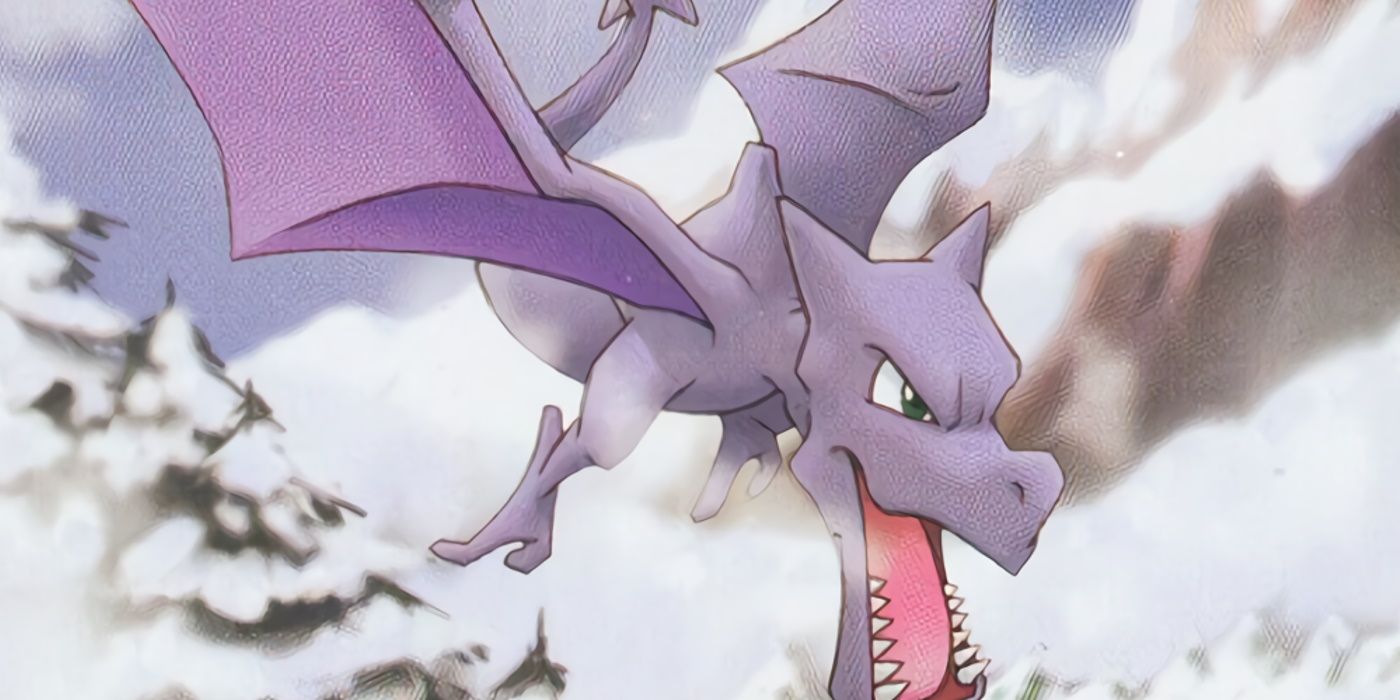
The Aerodactylus Scolopaciceps is believed to have roamed the planet around 150 million years ago and was first discovered in Germany's Altmuhltal Formation in 1850 by the renowned paleontologist, Hermann von Meyer. For more than a century, however, arguments over whether it qualified as a valid species prevented it from ever being officially named. That all changed, however, in 2014.
RELATED: 10 Pokémon Based On Real-Life (And Fictional) Creatures
Upon reviewing earlier findings, two researchers by the names of Steven Vidovic and David Martill published a paper in which they refer to the creature as the Aerodactylus Scolopaciceps. Although the first part of the name also means "Wind Finger" in Greek, the paper clearly mentions that it was specifically chosen due to the similarities between the species and the Pokemon from which it got its name.
1 The Bulbasaurus Phylloxyron
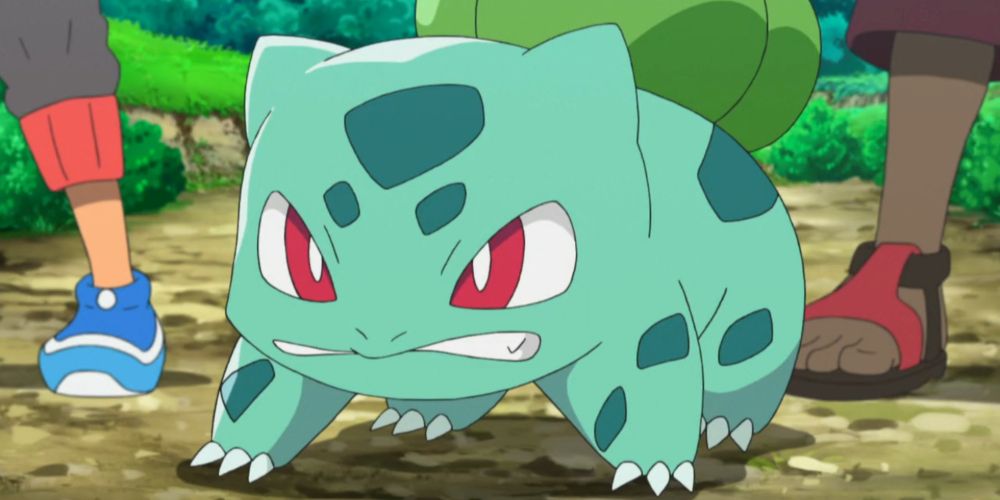
The Aerodactylus isn't the only prehistoric creature to have been named after a Pokemon, with the Bulbasaurus Phylloxyron another notable example. It was discovered by Roger Smith in 2017 while he was excavating a site in Vredelus, South Africa. The "Bulbasaurus" name was actually chosen due to the dicynodont's bulbous nasal passages, although its full title reveals a less than subtle connection.
The specific species name, "Phylloxyron", means "leaf razor", an obvious connection to one of Bulbasaur's most iconic moves. Sadly, however, the species is thought to have gone extinct more than 25 million years ago, meaning that anybody hoping to catch one of these gigantic geikiidae for themselves is very much out of luck.

